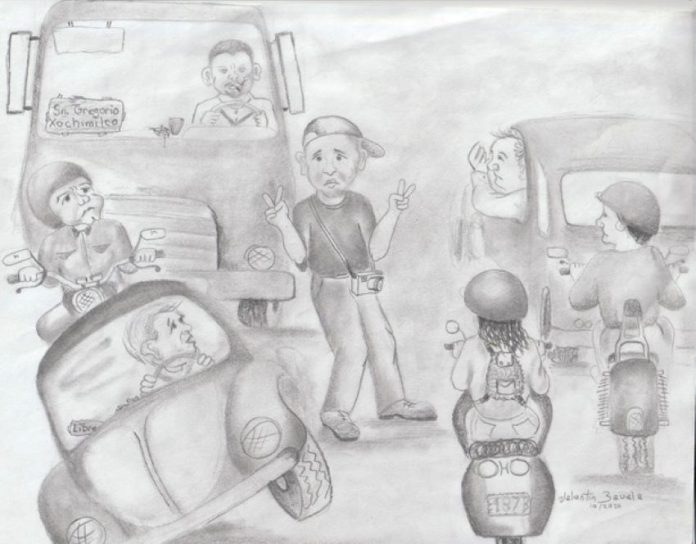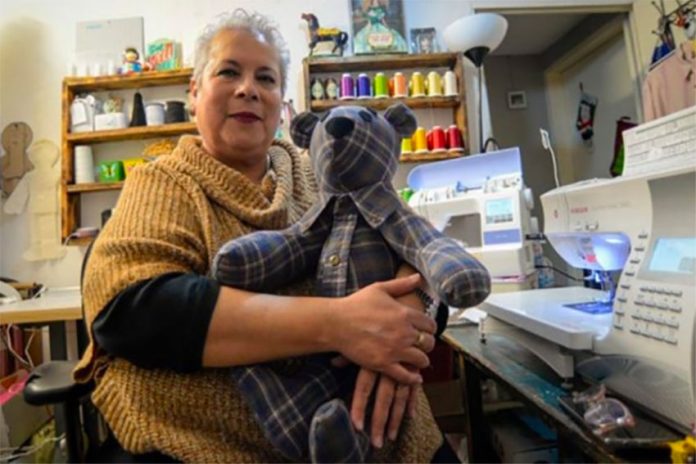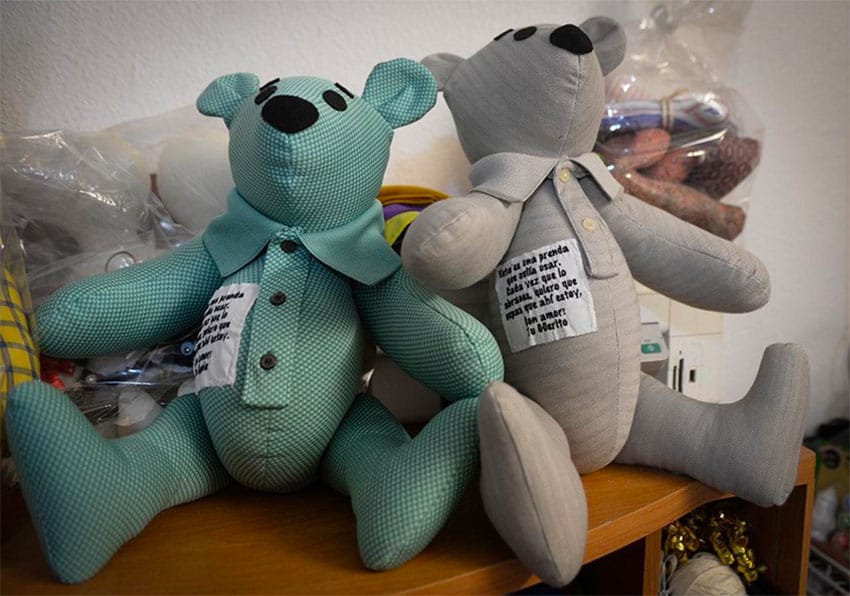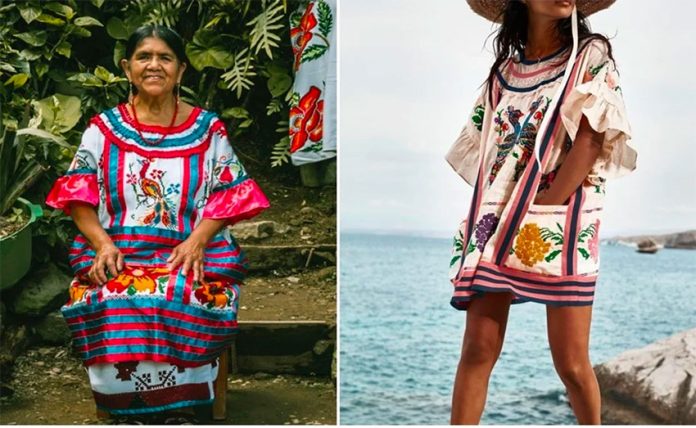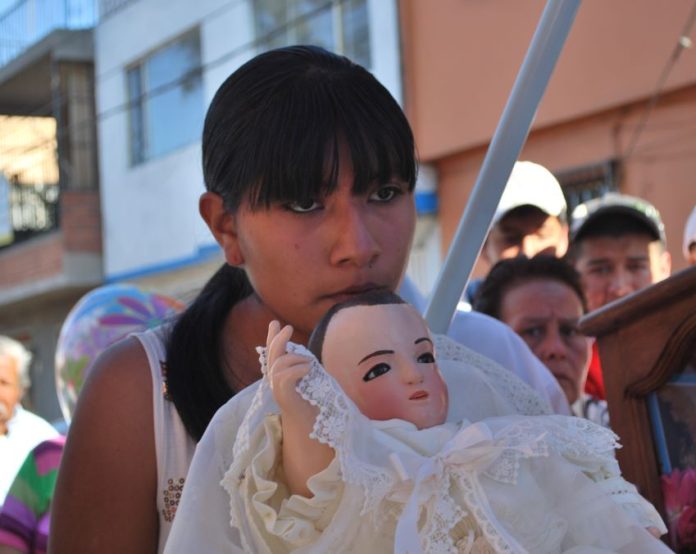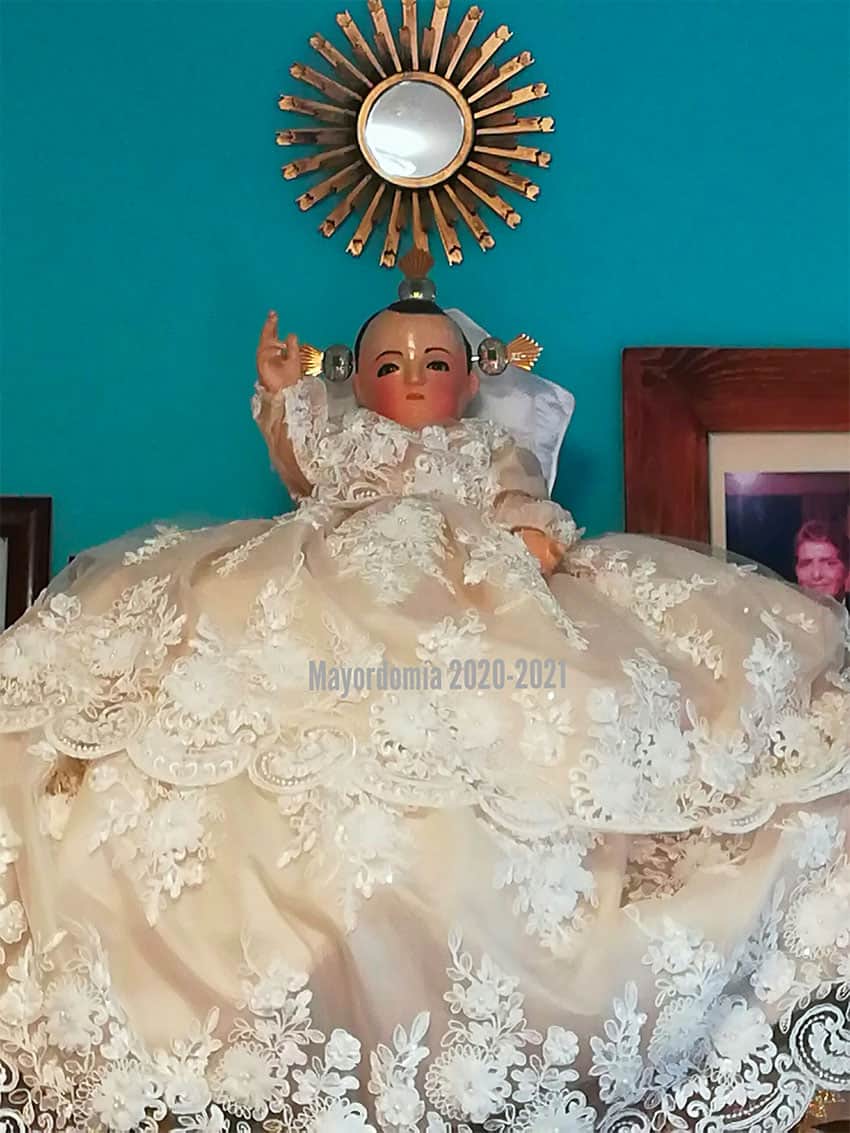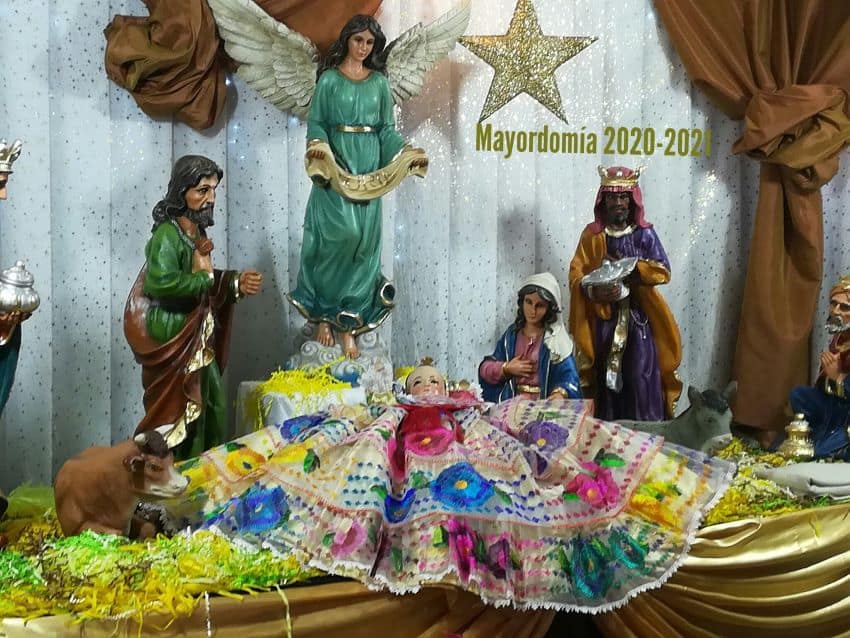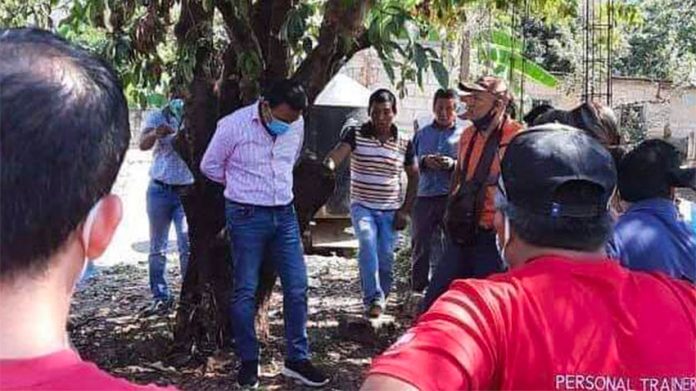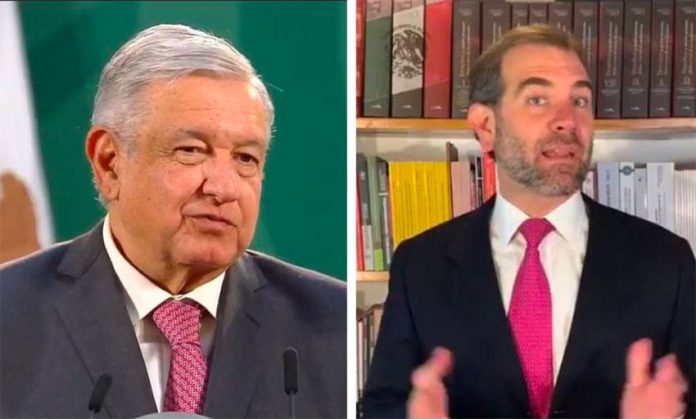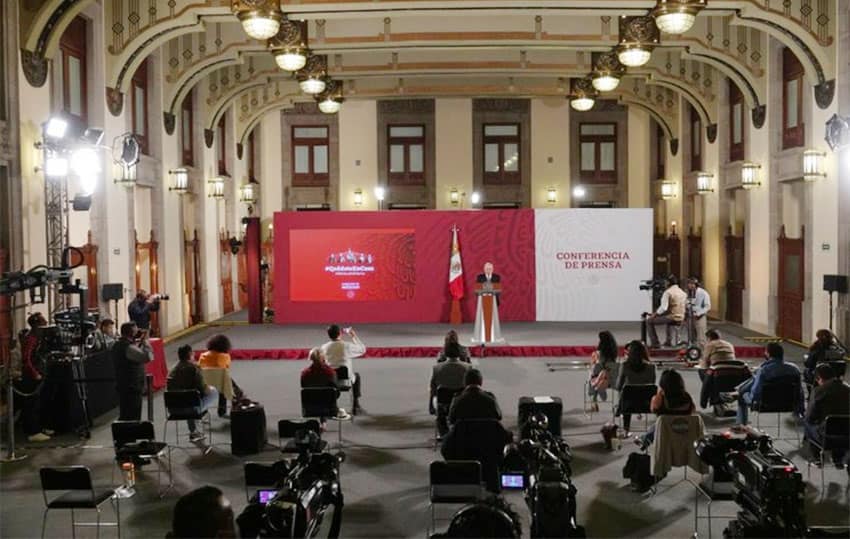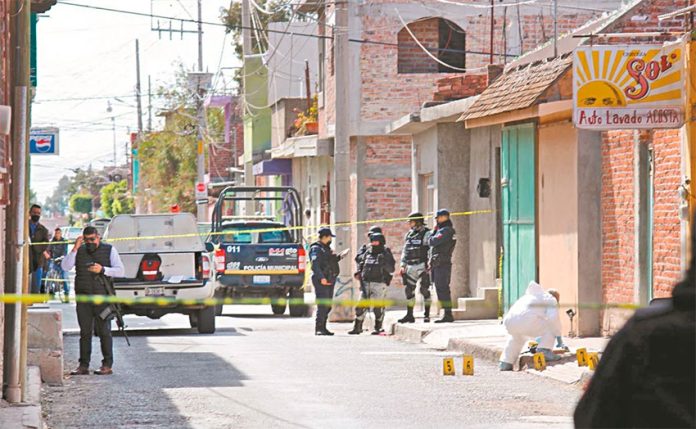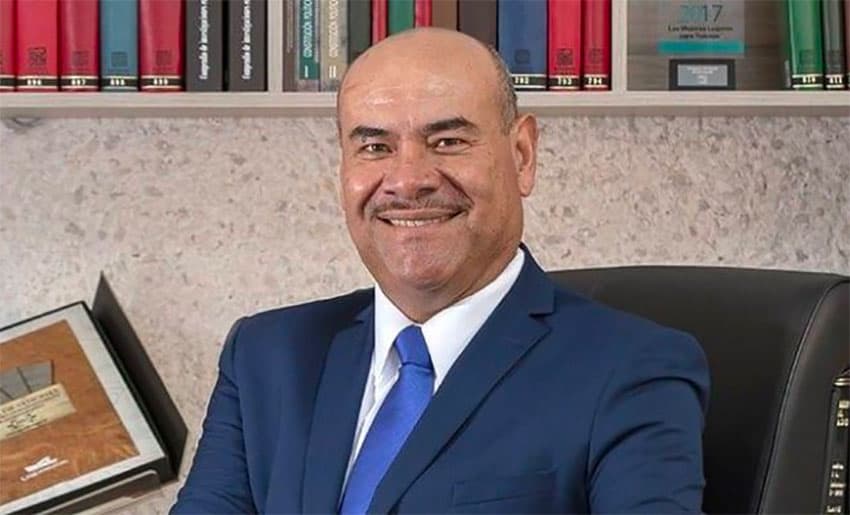Here’s a free piece of advice about crossing the street in Mexico: don’t.
Of course, you’re not going to listen to me, so I’ll give you some additional advice in an effort to help you avoid a visit to the emergency room — or worse.
First, get completely comfortable with the fact that Mexican drivers consider a red light to be a mere suggestion at best. Ditto for stop signs, yield signs and just about any other sign or rule you can imagine. Also, forget that quaint little notion about pedestrians having the right of way. Mexicans may be among the nicest people in the world, but put them in the driver’s seat and some sort of killer instinct kicks in.
If you absolutely have to cross a street here, the first important piece of advice is: don’t hesitate. Take your time and pick your spot, but then go for it and don’t look back.
Under no circumstances are you to break your stride. Mexican drivers are very good at playing “Time the Pedestrian,” and any deviation from your route or speed will have disastrous consequences, mostly for you. Drivers here operate under the belief that a body in motion will continue in motion unless acted upon by an outside force. So keep your body in motion or you will most certainly be acted upon by an outside force — in this case, a vehicle.
One of the most beautiful demonstrations of this rule I’ve ever seen was in Mexico City a few years back. This woman started to run a red light and was well into the intersection when she thought better of it and, without looking, started backing up. The two guys crossing the street directly behind her car didn’t break stride, didn’t flinch as she got closer. They just smacked the top of the car’s trunk in unison and continued across the street.
I would’ve applauded, but I was afraid it would cause me to alter my pace and end up as roadkill.
It’s extremely important to put a body between yourself and an oncoming car; this will cushion the impact. Of course, everyone else is trying to put a body between themselves and the oncoming car too, so you’re going to have to do some clever jockeying for position. Survive enough street crossings in Mexico and you’ll get the hang of it.
It’s equally important not to show any fear. Ever. Drivers can sense it and, like a shark sniffing blood, will close in for the kill. I have never seen a Mexican pedestrian looking afraid.
I remember how shocked I was the first time I visited Taxco. Cars there zip along narrow, winding, hilly roads while pedestrians walk calmly literally a few inches away. By the way, there are no sidewalks in Taxco. Do these pedestrians have fear? How could they not? But the key is that they don’t show it.
Before attempting to cross any street in Mexico, it’s critical to work on your peripheral vision because cars, buses, motorcycles, bicycles and assorted other wheeled contraptions will be coming at you from all sides — and from behind. I don’t care if you’re crossing a one-way street that’s been blocked off at both ends; if you want to stay alive, you have to assume that someone in a vehicle has decided that blocking off a street simply means that other people shouldn’t drive on it — that rule certainly doesn’t pertain to them.
Be particularly careful when crossing at a red light. In some states in the U.S., people can make a right turn at a red light. Not to be outdone, people in Mexico can go straight at a red light. I’m pretty sure it’s not legal, but it happens so often it might as well be.
So, if you insist on crossing the street in Mexico, these tips may help you survive. If not, don’t say I didn’t warn you.
Joseph Sorrentino is a regular contributor to Mexico News Daily.
